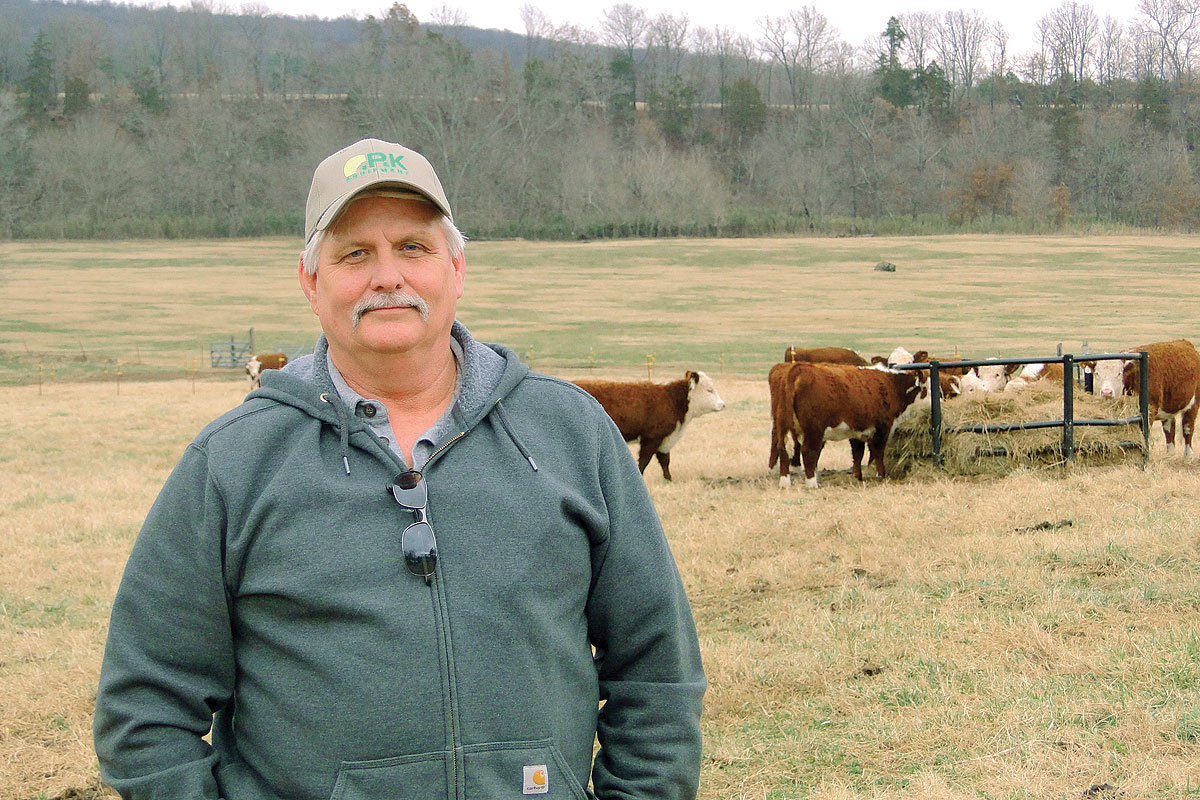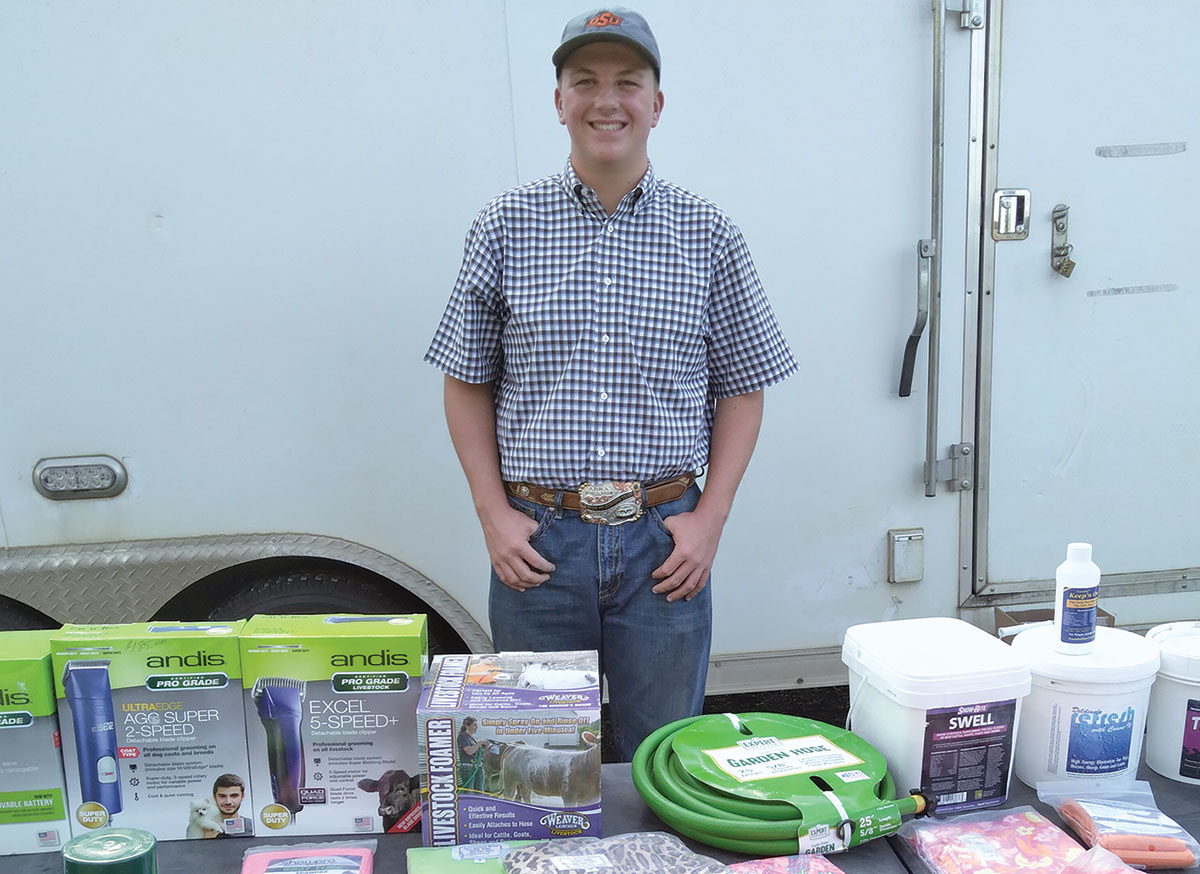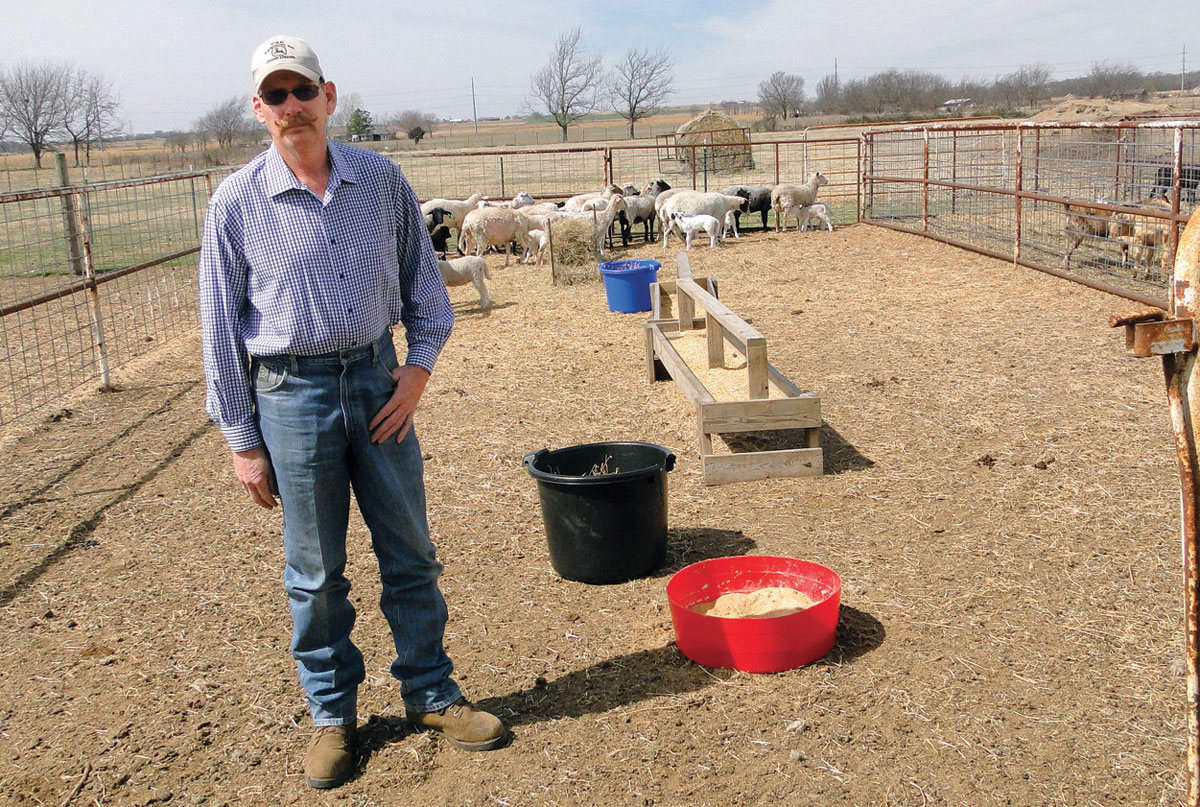
Bill Hamm continues to raise Polled Herefords despite the loss of his partner and wife Sarah
Sarah Hamm was diagnosed with breast cancer in January 2017. She lost an unbelievably hard fight after more than two years, plus rounds of chemo, other treatments and two surgeries. She passed with her husband Bill and sons, Jimmy and Austin, by her side.
Sarah was an accomplished and active cattle woman who showed for 51 years at the Washington County Fair and 49 years at the Arkansas State Fair. Sarah also showed her family’s cattle at the national level and was one of only two junior exhibitors in the United States to show at all of the first 12 Junior National Polled Hereford Shows. She also served the 4-H organization, the University of Arkansas Cooperative Extension Service, was past junior beef superintendent and Bill served as open beef superintendent at the Washington County Fair. Her passing not only left the grieving family but a farm still trying to regain balance. Sarah worked side-by-side with Bill in every aspect of the operation. Though Bill is now retired from the Fayetteville Fire Department after 29 years, Sarah was the one who ran the farm while he worked.
When the couple married, the event was as much a merger as a marriage. Both Bill and Sarah came from long lines of highly productive cattle people spending their lives on their two farms: the 90 acre Polled Hereford breeding stock Circle S Farm in Elkins, Ark., and the 100-acre Hamm’s Polled Herefords in Fayetteville.
Bill remembers a childhood routine of getting the mail, going to Mitchell Dotson’s nearby store/post office in Bass, in Newton County, Ark., the original home place of Bill’s dad and mother. Grandpa bought the kids a Coke and a Hershey Bar before riding on top of the hay in Grandpa Howard’s and Uncle Farris Cook’s old hay truck while Grampa fed square bales the cattle out of the back. Their older son James remembers being 3 and helping his dad feed a couple of show heifers which looked huge to the youngster but were as tame as pets. Younger son Austin remembers going into the show ring at an open show at the same age with his mom because that was the only showing venue for someone so young. Sarah held the halter, but Austin showed the cow using the show stick. Now James drives full-time for Goodman Distributors and hurries home to help his dad as much as he can while younger son Austin is working on his master’s in industrial and agricultural technology at Iowa State. Austin comes home whenever possible to lend a hand.
The Hamm breeding Polled Hereford herd has well refined genetics so calves are very seldom culled. Calves are sold as breeding and replacement stock. Buyers have a difficult time picking out the best animals because the herd is so uniform. Many heifers are kept as replacement stock on the farm and for showing, though some are sold as bred heifers.
“I don’t like the term ‘show heifers’ because if they can’t go both ways, they are not for us. I believe a show heifer has to be a superior pasture heifer,” Bill said.
By 1970, Bill’s family had tried many breeds but began switching to Polled Herefords in 1973 because they were easy keepers with good milk production, high feed efficiency, easy calving and a gentle disposition. By 1975 the switch was complete.
“Recently we found our oldest registered paper for a polled heifer. It was on Sarah’s side of the family and dated 1930,” Bill said.
While EPDs are helpful, Bill believes they need to be taken with a grain of salt and prefers to select bulls out of national champions because the genetics are already proven. Bulls are changed every three to five years, depending on how many heifers are retained with three bulls in service at a time. Bill also believes heifers should not be bred until they are 16 to 18 months old even though the Hereford Association recommends calving before 2 years of age.
“If I breed older, the heifers and calves have fewer problems and the new mothers accept their calves which sometimes doesn’t happen if they calve before 2 years of age.”
Healthcare on the Circle S has three specific practices not many follow. One is administering straight vaccines rather than combos because Bill believes that provides better immunity. Another is administering a flu vaccine. According to Bill, calves have some residual immunity from the mothers but with the additional vaccine they also get their own. This practice came about when he observed a few animals displaying respiratory symptoms in spite of getting a respiratory vaccine, and the flu vaccine seems to be the solution. Finally, Bill prefers an oral drench of Valbazen as a wormer because it is also effective on liver flukes which can be this far north. The product destroys both the flukes and eggs. If an animal is in poor shape because of them, he has given a heavy dose the first time and again three to four weeks later with great success.
The feeding regimen is also highly specific. Heifers and bulls receive 16 percent protein during the winter with heifers having better udder development as a result of controlled fat content. Cows receive less feed which translates into a more productive cow that can take care of herself. Nonetheless, during winter and spring calving, cows do receive a protein tub for an extra boost. Bill uses Sure Champ with his breeding bulls, an overall vitamin supplement with some additional protein. During summer, Bill uses a medicated mineral for foot rot with free choice minerals available all the time; though in spring magnesium is important to combat grass bloating.
Bill sells his cattle through his website and other media. One of the more recent additions is the use of videos in addition to pictures which has increased the breadth of his customer base. An example is a buyer from Puerto Rico who spoke no English but wanted Bill’s bulls badly enough that the buyer used a cousin in Florida as a translator and go-between. In the end, customers deeply appreciate Hamm cattle dressing out at 80 percent hanging carcass weight.






